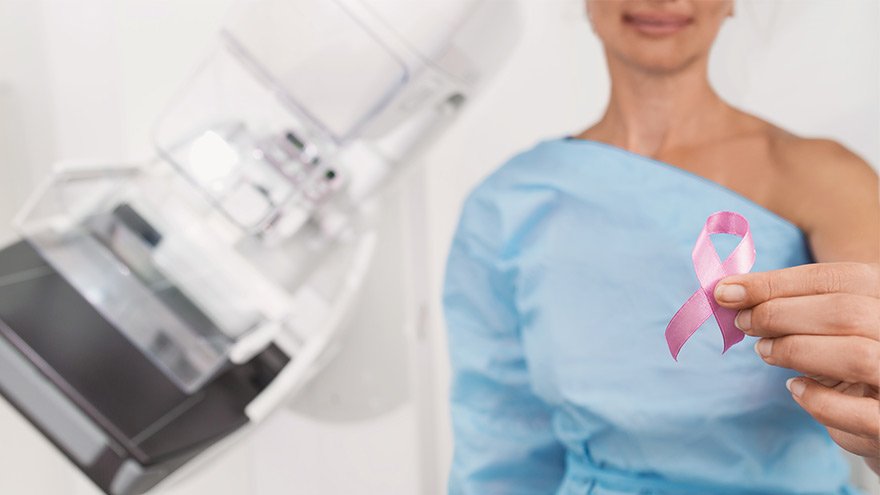
Why Your First Mammogram at 40 is a Vital Health Priority

A mammogram may not be on the top of your to-do list when you turn 40, but it needs to be. The American College of Obstetrics and Gynecology recommends a first mammogram at age 40, however you may need one earlier, so talk with your provider about your breast cancer risk. The purpose of a first time or baseline breast screening, is to get an accurate image of your breasts for future comparisons. Amber Snow, Supervisor of Renown Health Imaging, tells us why it’s important to get a baseline mammogram and what to expect during your visit.
Mammogram Screenings Save Lives
Simply put, a mammogram is a low-dose x-ray image of your breast from two views: top to bottom and side to side. A yearly screening reduces your risk of dying from breast cancer. Mammograms can detect signs of breast cancer even before you can see or feel it. That’s why it’s important to get a first- time mammogram. About 85% of breast cancers happen to those with no family history of it and in the U.S., one in eight women will develop breast cancer. Unfortunately, the two main risk factors for breast cancer: being female and aging.
“Your baseline screening is important when you’re young, so that we know when changes occur,” explains Snow. “We compare your current mammogram to all your previous ones to know if anything changes year to year.”
If you are under 40, talk to your provider about getting a formal risk assessment to see if a screening is right for you. If you have a family history of breast cancer a mammogram before age 40 or additional testing may be recommended for you.
3D Mammogram Technology
Renown Health uses the latest 3D mammogram technology allowing our radiologists to see early changes in your breast tissue. This also reduces the number of false readings compared to traditional mammograms.
While breast screening technology has improved, it is not uncommon to get called back after your first mammogram. According to the American Cancer Society, fewer than 10% of women called back for further testing have been found to have cancer.
Reasons for being called back for further imaging include:
- Dense breast tissue, which can make it hard to see tumors
- A cyst, mass or unusual tissue is seen
- A possible area of concern needing another, closer look
Preparing for Your Mammogram
For an accurate image of your breasts do not wear deodorant, powders or lotions, as they can make it difficult to read your breast images. This is what will happen during your breast screening:
- A gown will be given to you and you will go to a private area to undress from the waist up, putting on the gown.
- You will then be escorted to the imaging room and a care team member will place one of your breasts between two plates.
- The plates will flatten to allow the most breast tissue to be seen and you will feel a firm pressure.
- You will be asked to hold your breath while the image is taken.
- An adjustment will be made to the plates to get a side view of the breast.
- The plate adjustments and images will be done on your other breast.
Typically, a mammogram appointment is quick – only lasting about 15 minutes.
Be Your Breast Friend
While breast screenings are important, it’s also key that you know how your breasts normally look and feel. A monthly self-exam to check for lumps is essential, as breast cancers are often found during a routine self-exam.
Remember your hormone levels change monthly, with your breast feeling tender and swollen right before your period. It’s best to perform a breast exam the week after your period after the swelling is gone. To avoid breast tenderness, this is also the best time for a mammogram.
Mammograms Made Easy

Related Blogs


Do Mammograms Hurt? 4 Myths Debunked
